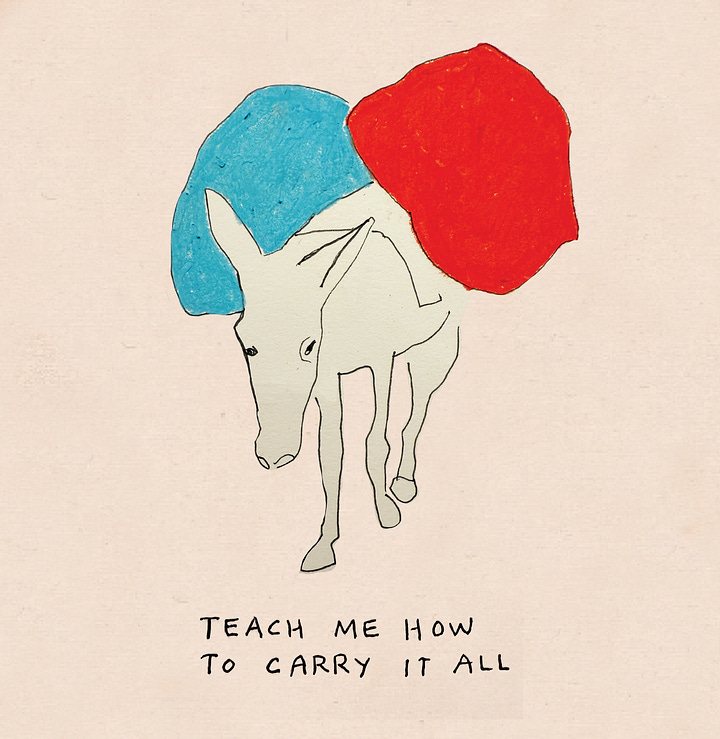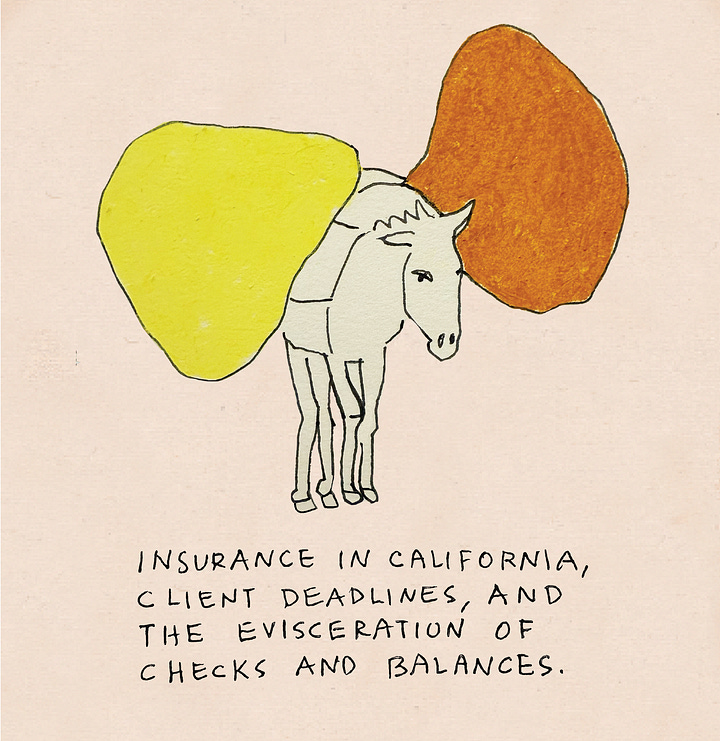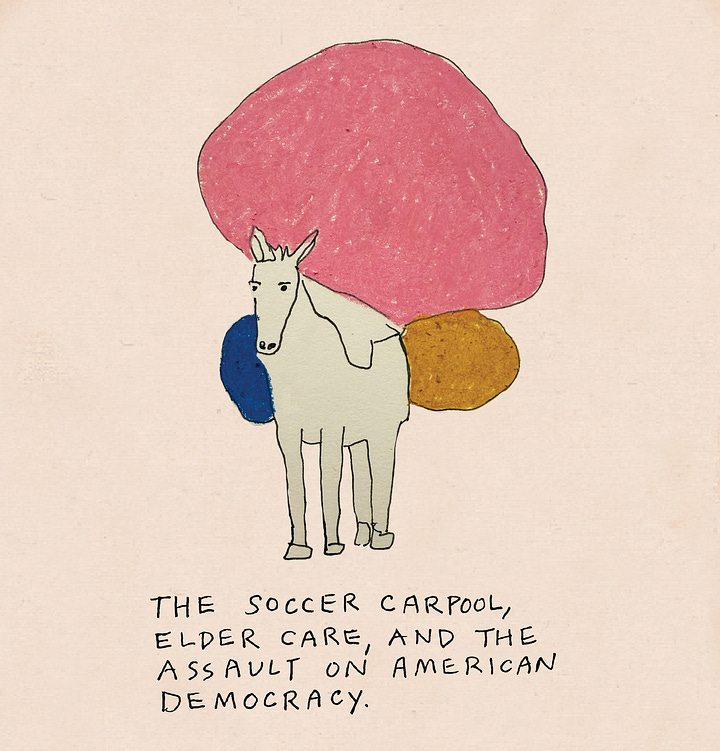Art school roots
When I was in first grade, my mother enrolled me in painting classes at an extraordinary, tiny little art school in Beachtown Bohemian Santa Cruz called The Children’s Art Foundation. It was located in a single story storefront with a tile roof off Pacific Avenue in our cozy downtown. It was run by graduate students from UCSC. The Director of the program whom you’d see around town was a cool younger man with a long dark braid which we all found amusing and wore a suit. He struck me at the time as the epitome of how a hip city person must be. This is how the class worked: once a week we were dropped off at the painting class, given a spot at an easel with nice paper, brushes, and paints and instructed to simply fill the paper. If I recall correctly, all eight of us kids would paint for about 30 minutes (classical music on the boom box), and then be offered a short but strategically-timed cookie break (Pepperidge Farm cookies and milk in Dixie cups.) Then we’d be sent back out to our easels to finish the piece for the remainder of the hour. There were no formal dictates — no structure — except to be relatively quiet and paint. The inspiration of the very pretty young teacher Celeste — painting alongside us — was part of the magic.
Stone Soup
The premise of the Children’s Art Foundation was that children are natural artists. Without adult interference, they are nonjudgmental about their own output and keen to express their home lives on paper in an unfiltered way. We painted what we knew: Atari consoles, golden retrievers, beach vistas, bowls of bananas, scenes with our siblings. The teacher was always supportive but never pushy, and spoke more about the mixing of color than the content of our work. The genius thing about the whole institution, however, was that they also published a small-format magazine, Stone Soup, featuring photos of select art student’s work nestled next to stories and poems. Many of my friends were published in Stone Soup — and I was once too. It might have been my first high, seeing my painting, Mother and Father (1983) published.


What I know now is that the paintings from this era were a form of cathartic wish fulfillment, a place where my seven-year-old fantasy of having a mother and father at home around the dining table could be recreated. For, it was at precisely this time that my father was diagnosed with a long-term illness and put into an assisted living facility an hour away. I realize now I was painting what I knew was false in order to process the truth. Losing a parent was just too enormous for words. I wonder sometimes if I hadn’t been offered these art classes if I’d have lied in some other capacity to conceal the grief.
The Spinning Top
I still paint myself out of conundrums. I regard art-making now as a way of sorting out an inner conflict or a dark joke. I can say in a painting what I cannot say out loud. I am so grateful for the classes offered at The Children’s Art Foundation. Grateful that an ambitious, wide-eyed grad student unconcerned with profit margins came up with the idea of founding a non-profit, a school, and publishing children’s art. Could it be that a child just requires one little tap of encouragement and the spinning top can have momentum for a lifetime? Below is a recent series I affectionately refer to as Burros of Burden (pen, ink and pastels) addressing some of what life has been serving up in 2025 some forty odd years on. The top spins and spins: through dark and light and the chiaroscuro in between.






Beachtown Bohemia is paywall free. You can support me by liking this post (heart button at the top) and sharing it with anyone you feel would appreciate it.






Art is powerful. Art heals.
Art is love. Bravo Olivia.
Just brilliant. Hats off to the young man with the long braid and to surviving trauma.